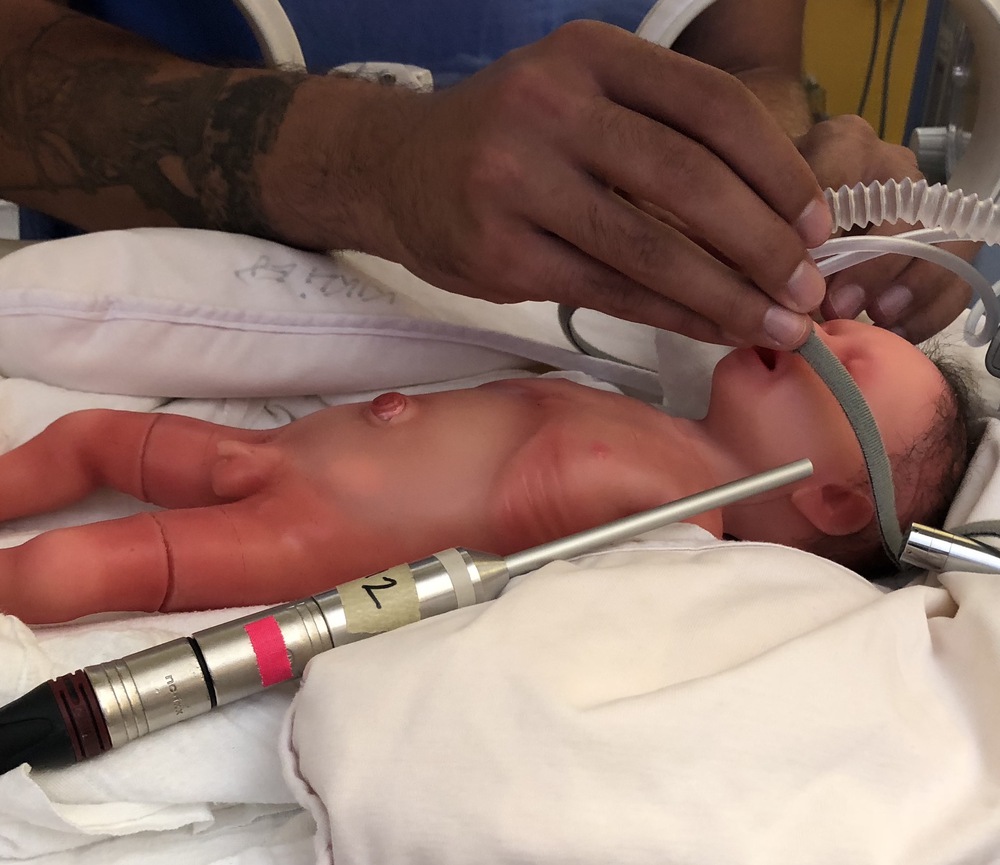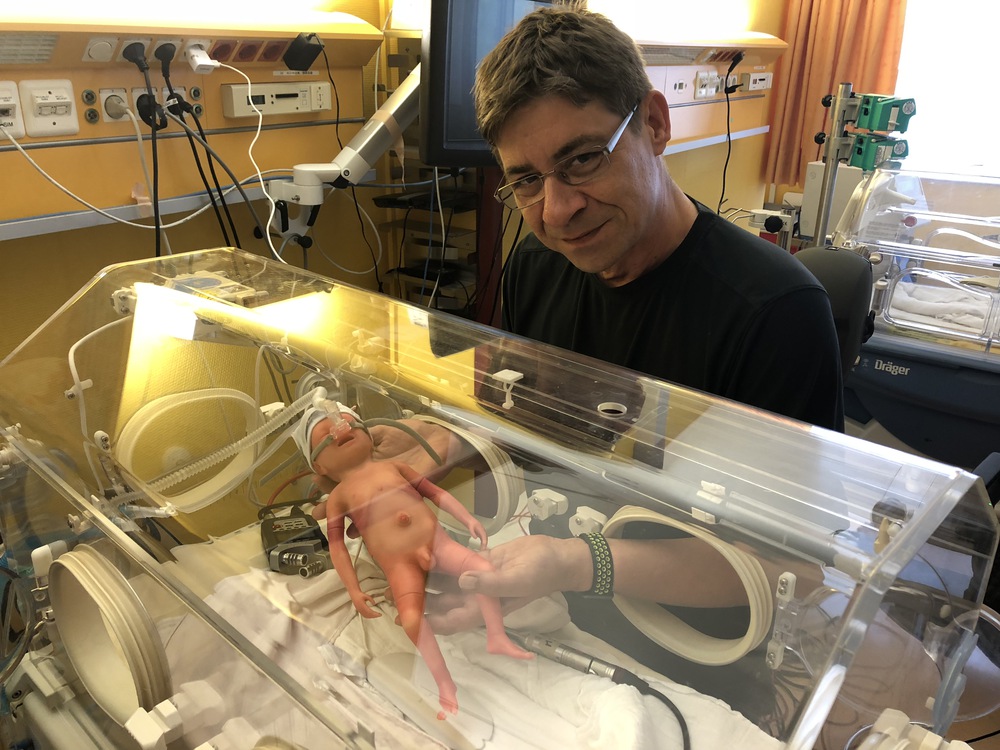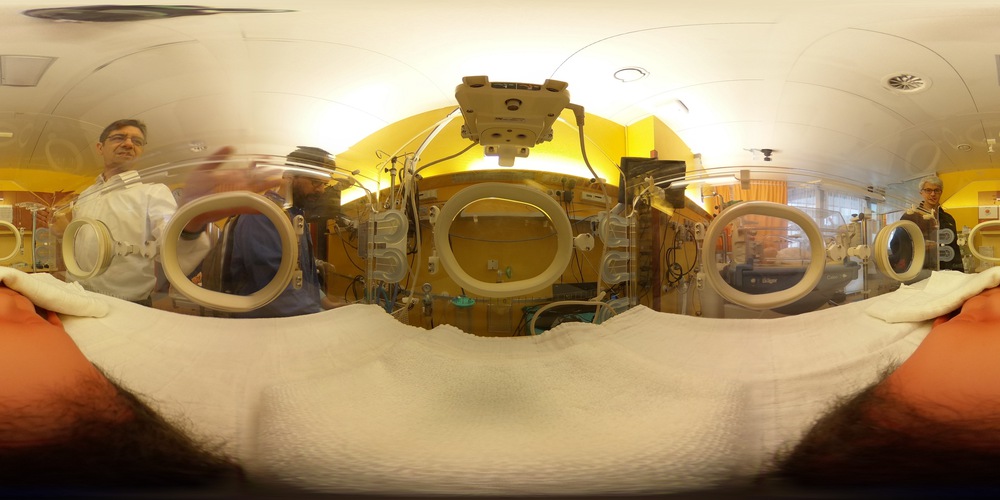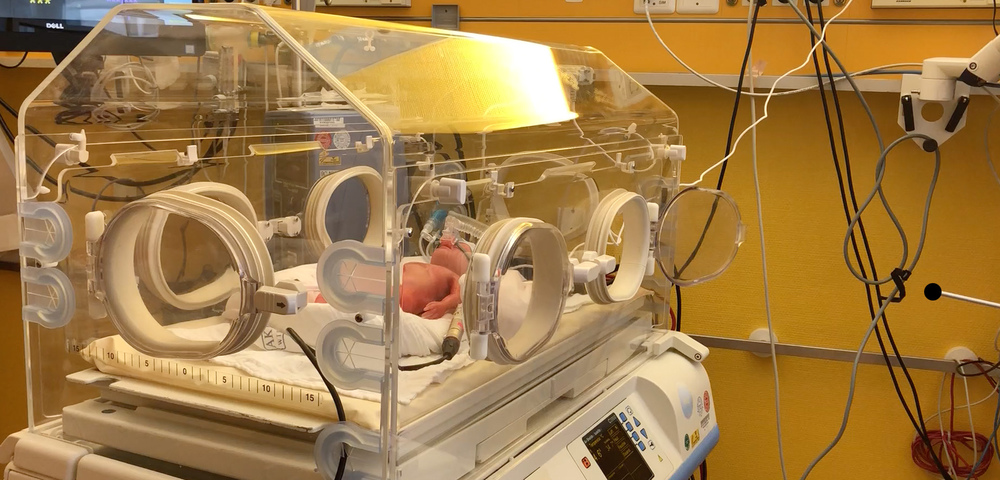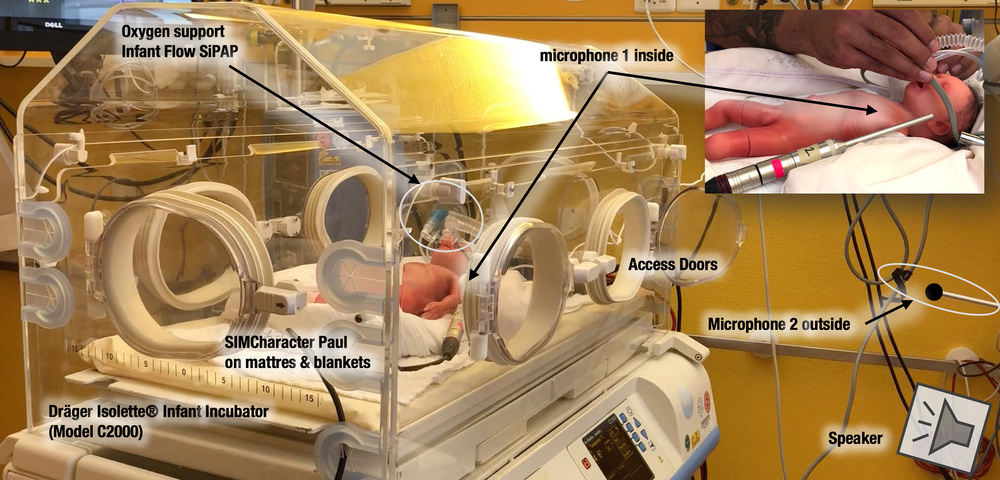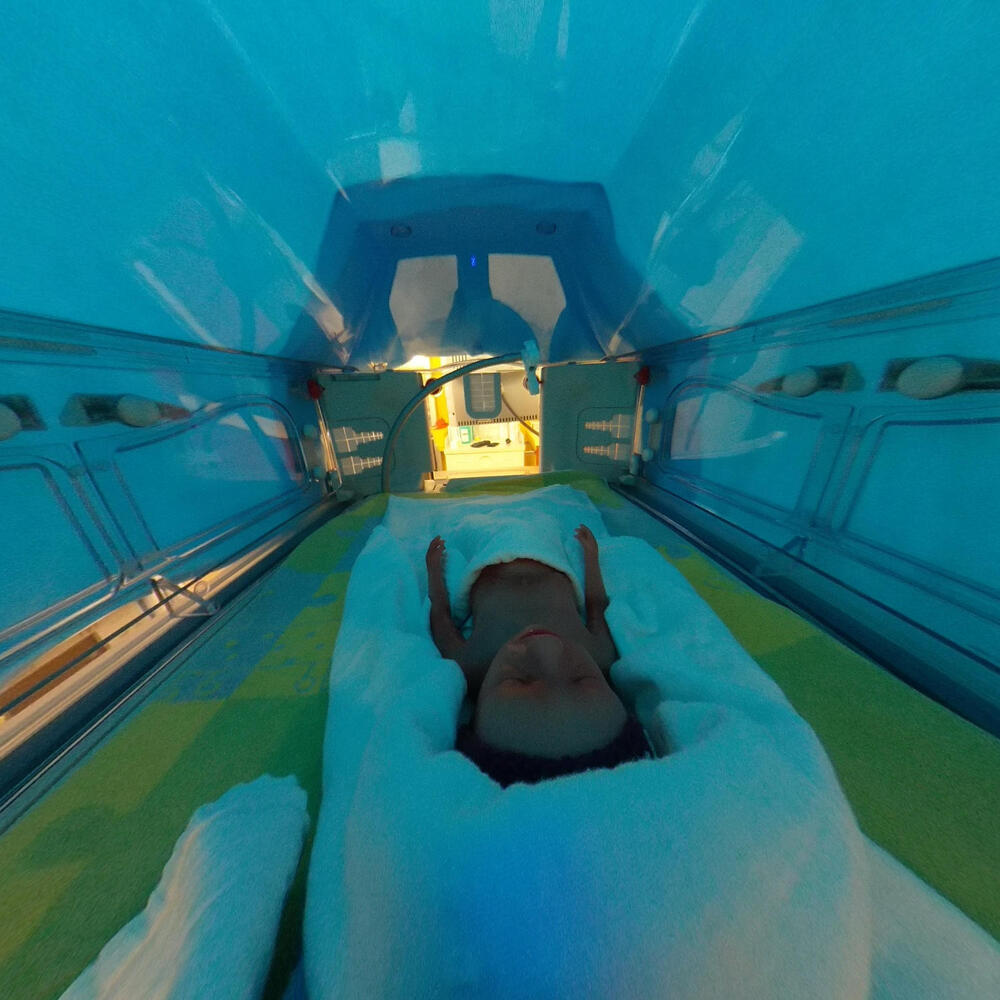The incubator experience
The "Sound of Silence" in a neonatal intensive care unit - Listening to speech and music inside an incubator
Matthias Bertsch1*, Christoph Reuter2, Isabella Czedik-Eysenberg2, Angelika Berger3, Monika Olischar3, Lisa Bartha-Doering3, Vito Giordano3
Background: The listening experience of a preterm infant or neonate drastically differs from that of an adult as also the intrauterine hearing experience differs from an extra-uterine hearing exposure in a neonatal intensive care unit (NICU) setting. Several studies have documented that the sound level within a NICU far exceeds the recommended threshold and that this could be the cause of hearing loss or damage in preterm infants. The aim of this study was not only to precisely declare sound dynamics within an incubator but also to give clinicians and caregivers an idea about what can be heard “inside the box”.
Methods: Audio recordings within an incubator were conducted at the Pediatric Simulation Center of the Medical University Vienna. They contained recorded music, speech and synthesized sounds. To understand sound dynamics around and within the incubator the following stimuli were used: broadband noise with decreasing sound level in ten steps of 6 dB, sine waves (62.5, 125, 250, 500, 1000, 2000, 4000, 8000 and 16000 Hz), logarithmic sweep (Chirp) over the frequency band 20 Hz to 21 kHz, singing male voice, singing and whispering female voice.
Results: Our results showed the protective effect of the incubator from noises above 500 Hz in conditions of “no-flow” and almost no protective effect of an incubator cover. We furthermore observed a strong boost of low frequencies below 125 Hz within the incubator, as well as a notable increase of higher frequency noises with open access doors, a resonant effect of the incubator, and a considerable masking effect of the respiratory support against any other source of noise or sound stimulation even for “low-flow” conditions.
Conclusion: Our study reveals high noise levels of air supply at high flow rates and the boost of low frequencies within the incubator. Education of medical personnel and family members as well as modifications of the physical environment should aim at reducing noise exposition of preterm infants in the incubator. Audiovisual material is provided as supplementary material.
Links:
-
Audio Supplementaries
-
360 ° VR "The Incubator Experience" (by Prof. Reuter, Musicology, University of Vienna)
Presse und Medienberichten

